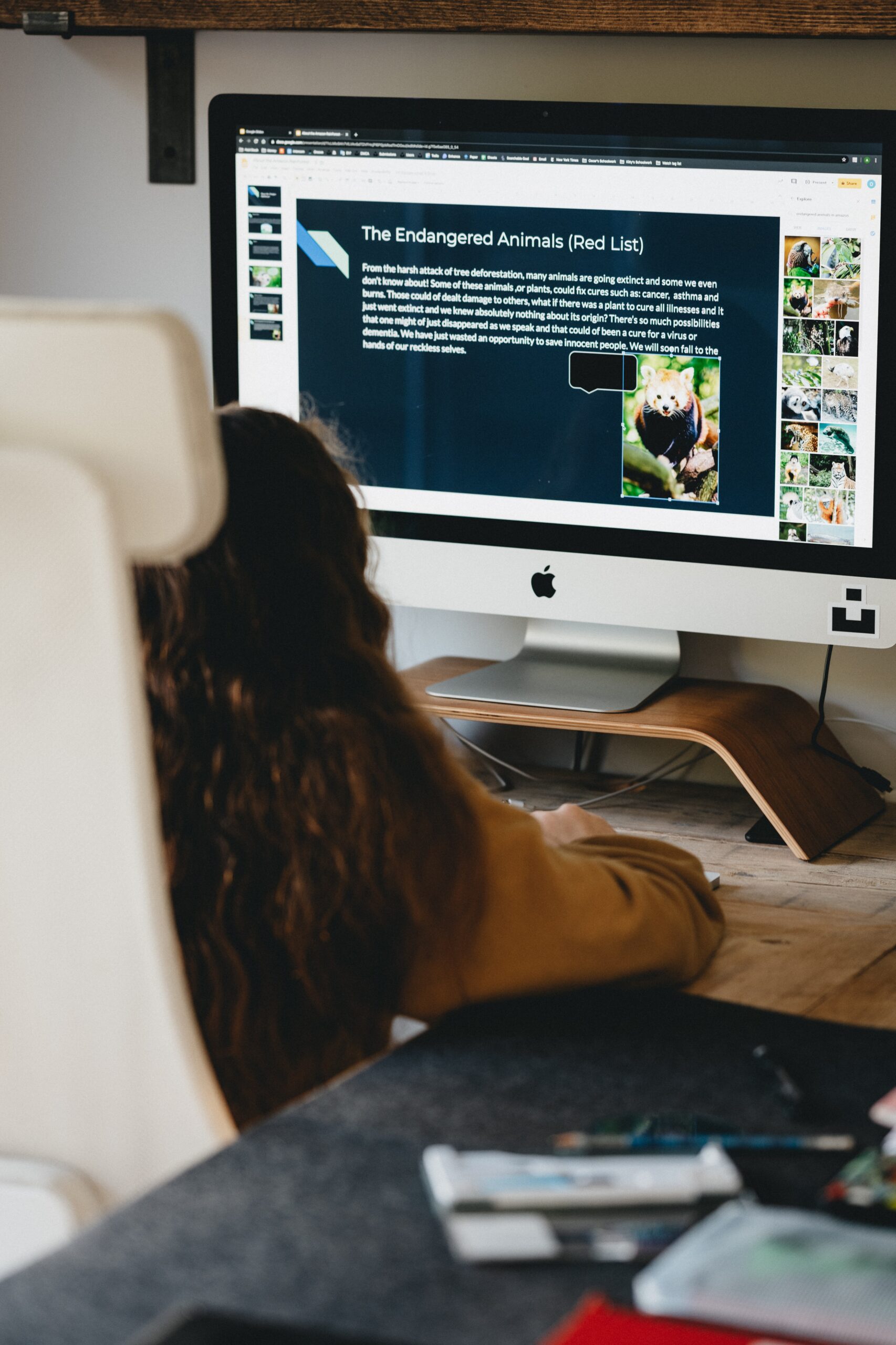19 Apr 2023
One of the first couple assignments we had in this class was about the term ‘Literacy’ and what it means to be literate in the new information age. We learned what we once understood to be the meaning of the word, which is having the ability to read and write and communicate has evolved to digital literacy, and having the ability to understand higher-level text, amongst other things. In addition to emphasizing on these modes of communication, the article, “An Introduction to and Strategies for Multimodal Composing” by Melanie Galgich, describes multiple other modes of communication, and the advantages of learning how to compose multimodal assignments; which are texts that combine various modes of communication. They include the Visual mode, the Linguistic mode, the Spatial mode, the Gestural mode, and last but not least, the Aural mode. In the article, I read a statement regarding the meaning of the word literacy opens my mind to a mode of communication that some might get confused about. It states, “While it is important to have these skills, this definition privileges words and language over other modes of communication.” This statement makes me think of sign language as being another mode of communication because it does not actually use words, and most individuals view language as being able to verbally communicate. While it is a mode of communication itself, it also falls under two others. The Visual mode ( refers to what the audience can see), and the Gestural mode which is referred to gesture and movement. Both of these elements are used in sign language. The tools that are provided in the article to help prepare students for the workforce are also important. In a competitive job market being equipped with additional skills can be the deciding factor of who gets to climb the ladder and who will be asked to pack up and go.
Your Designed Paper Should Spell C.R.A.P!
Now that we have the knowledge and the strategies of how to create multimodal texts, the article “Beyond Black on White: Document Design and Formatting in the Writing Classroom” by Michael J. Klein and Kristi L. Shackelford outlines some details on how we can design those texts and take them to the next level. If you never thought that elements such as text and type, images, and what the article defines as C.R.A.P (Contrast, Repetition, Alignment, and Proximity), and even the usage of MLA, and APA styles were part of the design elements, think again. As college students, we know having the information on paper is equally important to its design. When you look at a magazine, for example, it is not a coincidence that your eyes immediately fixated on the intended objects and or the pieces of information. Whether it is a picture (s) such as a dish, or some bold words on the pages; It is done purposefully. And there are individuals behind every decision that is being made on how to condition us. Have you ever heard the saying, a picture is worth a thousand words? The article mentions a perfect example of that. It says, “If you were writing an article about an oil spill and the damage it caused, one powerful photograph can make your point more persuasively than pages of writing.” (Michael J. Klein and Kristi L. Shackleford). With this newly gained knowledge, the next time I write a paper, I will be sure to pay attention to the different modes I use, and what kind of designs I integrated into my assignments.





Leave a Reply